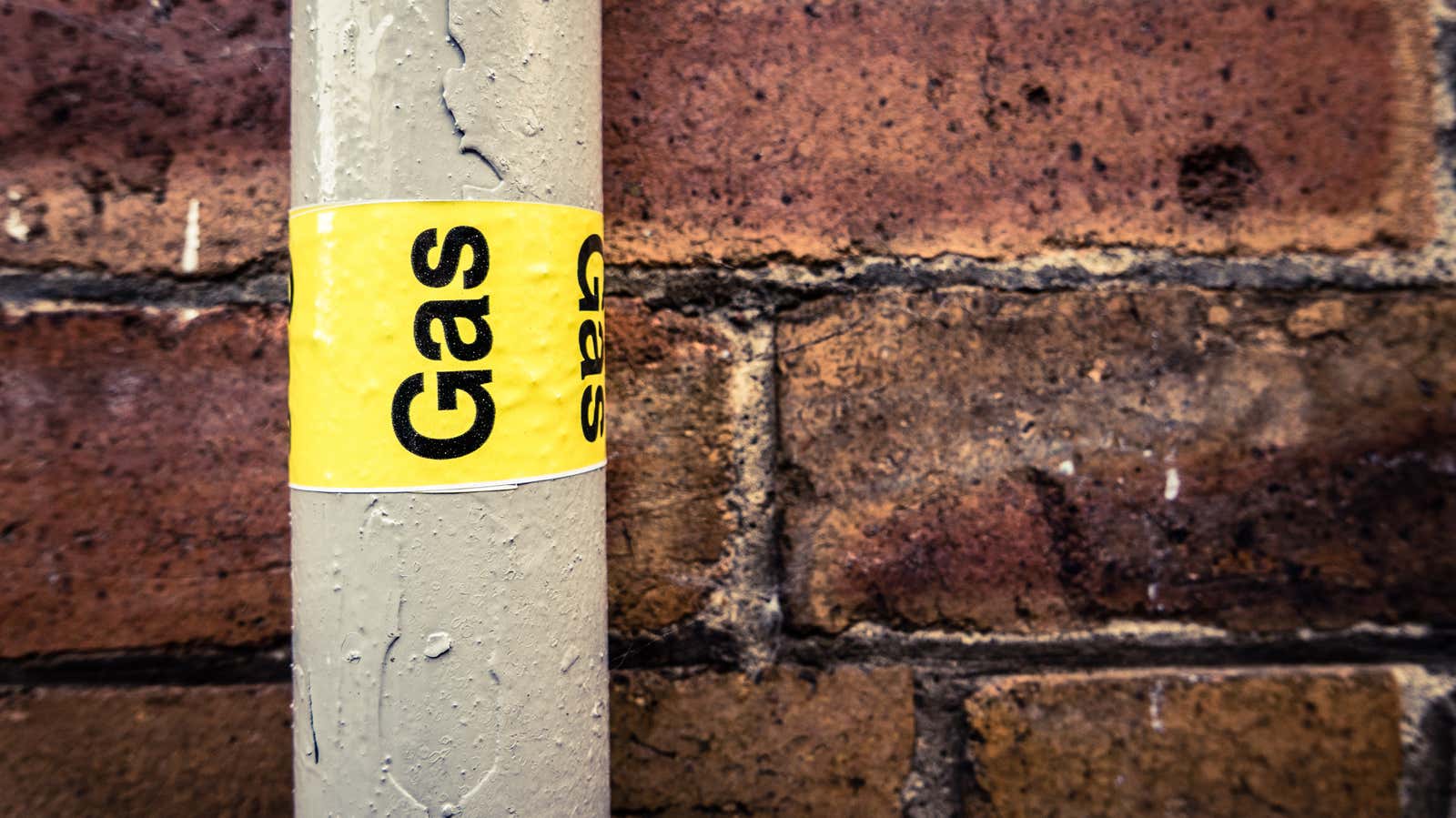Know These Signs of a Gas Leak and What to Do Next.

Smelling gas in your home or area is terrible, as a leak can cause fires and explosions. According to RP Gas Piping , “Between 1998 and 2017, an average of 15 people per year died as a result of incidents involving gas distribution in the United States.” It is vital to know what to look for and also what to do to save yourself and your property. but not all of the signs of a gas leak are as expected. Here’s how to detect gas leaks and the steps to keep you safe.
How does gas work
In the United States , regulated gas pipelines are 2.8 million miles long , with 64% of US energy transported by pipelines. Alliant Energy has a kid-friendly infographic explaining how gas gets into your home.
- Natural gas companies drill thousands of feet of land and use large wells and pumps to bring it to the surface.
- They then send gas to your city via underground gas pipelines. Utilities bring it to your home through smaller pipes.
- These pipes connect to a meter outside your home that measures how much natural gas your family uses.
- More pipes connect the meter to the gas appliances you use at home, such as a stove, water heater, clothes dryer, or stove.
The first step is known as fracturing . This is a dangerous form of opening up to natural gas because the process of digging and transporting can pollute groundwater and cause disease in animals and people nearby . It is also a volatile, unstable substance that can explode.
Beware of white smoke and rotten egg smell
Gas and electricity company ConEdison explained what to look out for in the event of a gas leak.
- The smell of rotten eggs. (This is not like the smell of car gas, which is more like the chemical scent of oil.) Natural gas is truly odorless. Utilities added a substance called mercaptan, which gave it a distinct rotten egg smell, to detect the gas if it leaked.
- White smoke coming out of chimneys could mean gas is entering your home or building.
- Bubbles in still water. Standing water does not naturally bubble, and if you see it, it could be a sign of a broken gas pipeline. Simultaneous bubbles around pipes or interconnecting pipes may mean gas is escaping from the line.
In addition to these signs of an insurance company People’s Trust encourages people to keep track of such things as the swirling mud. Like bubbling water, spiraling or swirling dirt can be the result of a broken or leaking underground pipe.
If you hear hiss or whistles from your oven or home dryer, it could mean that dangerous gas is leaking into the building. Brown or discolored plants in your yard can also indicate a gas leak. But don’t call emergency services every time one of your favorite plants dies – look for brown vegetation surrounded by lush and healthy plants; this means you may have a dangerous leak.
Leave immediately if you notice signs of a gas leak.
ConEdison recommends leaving the site immediately . Do not turn on lights or appliances, or use a telephone, as these items may cause sparks and cause an explosion. Once you are out of the house, call the gas and electricity company, fire department, or 911.
Take preventive measures
You can take small precautions to reduce the chances of a gas leak in your home. Always make sure the stove is turned off when not in use, as any burners left on but not lit will blow gas into the air. Also, do not place flammable items such as paints, aerosol cans, or hand sanitizer near gas appliances. And if you have significantly older gas appliances, consider upgrading to newer ones or see a professional to make sure you are in safe shape.